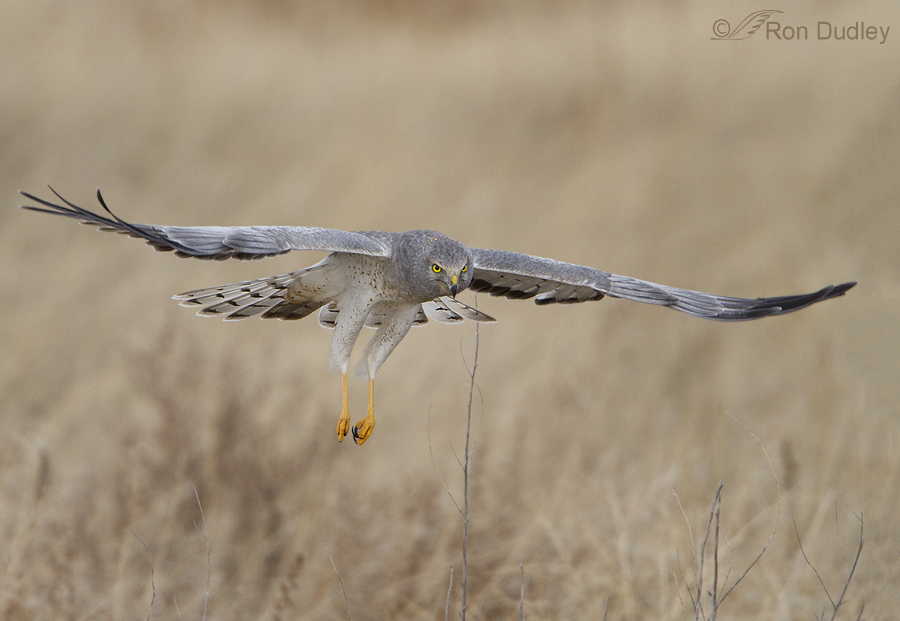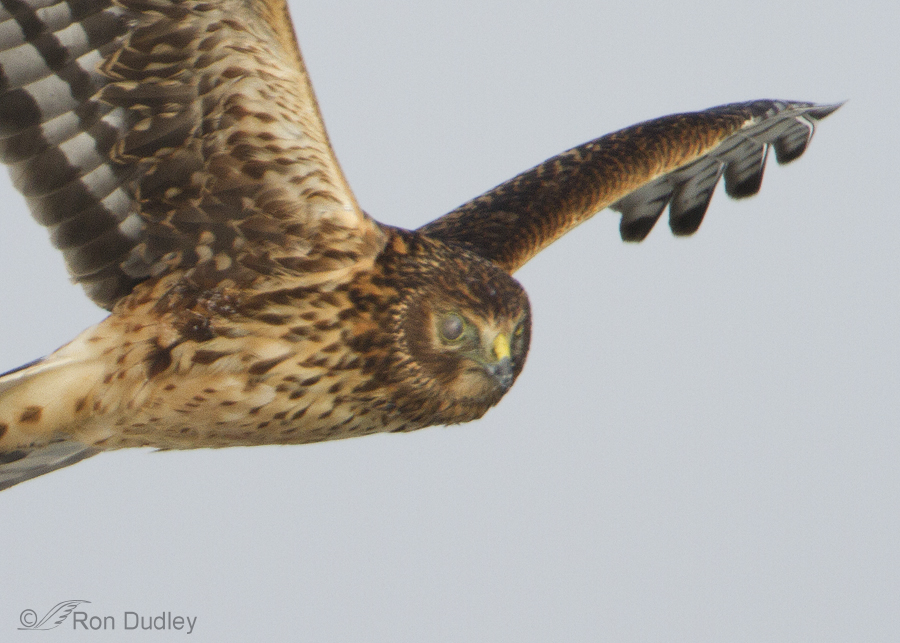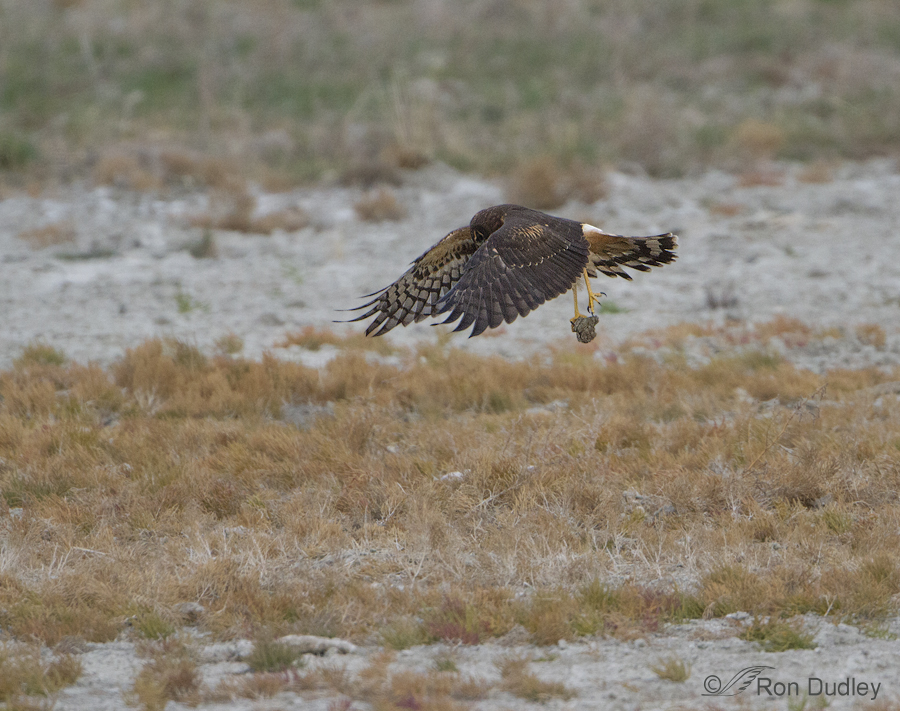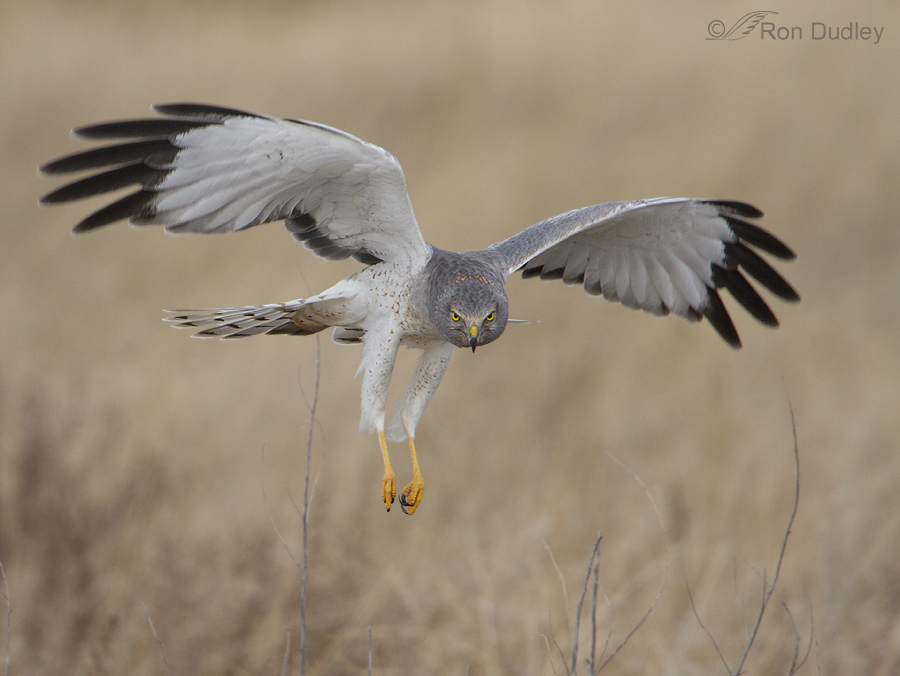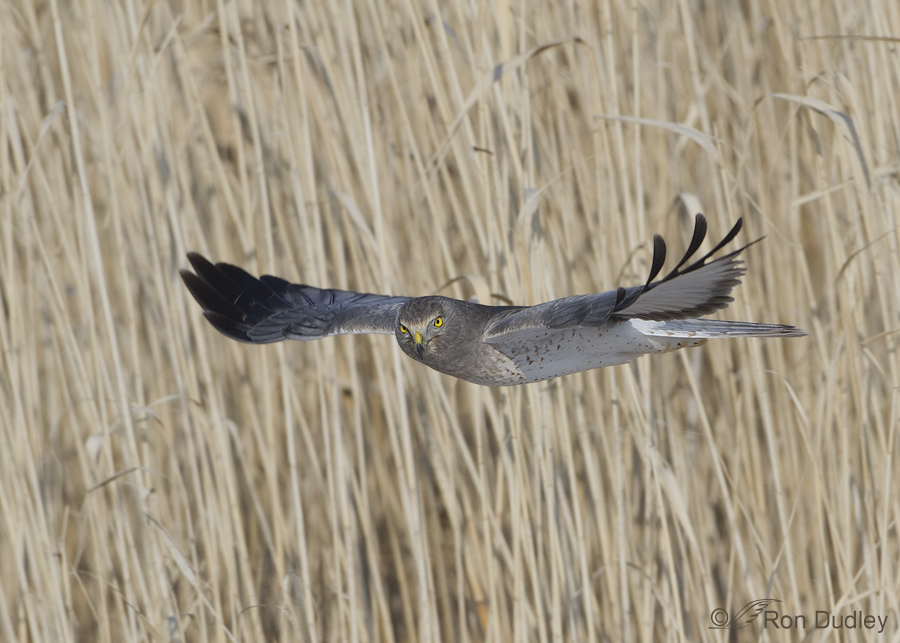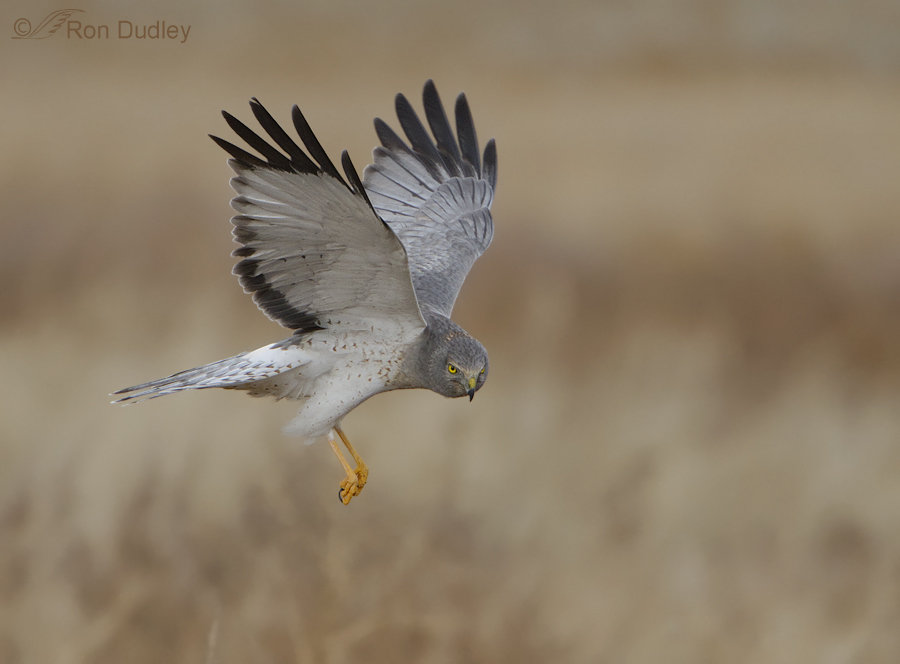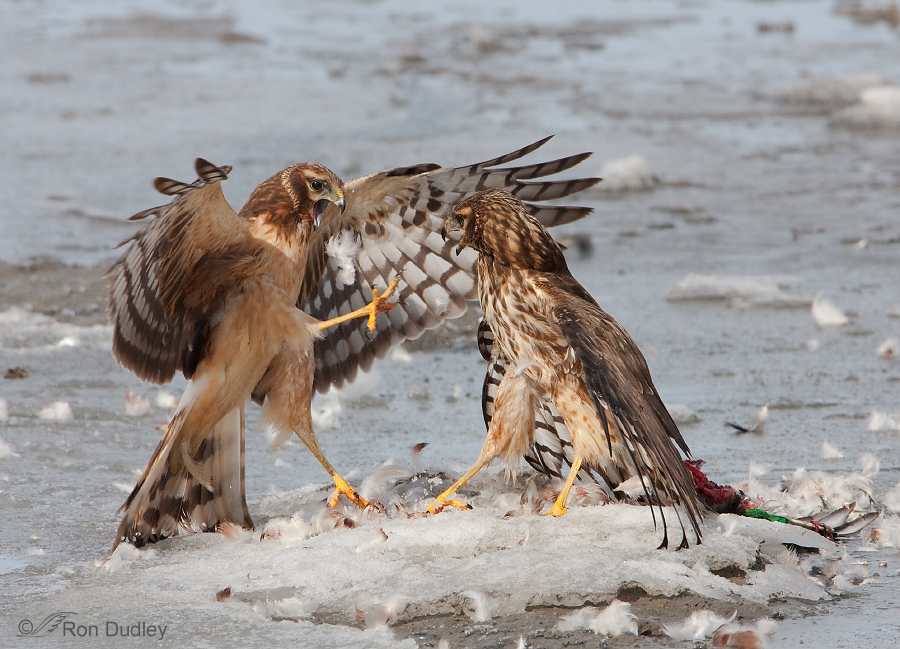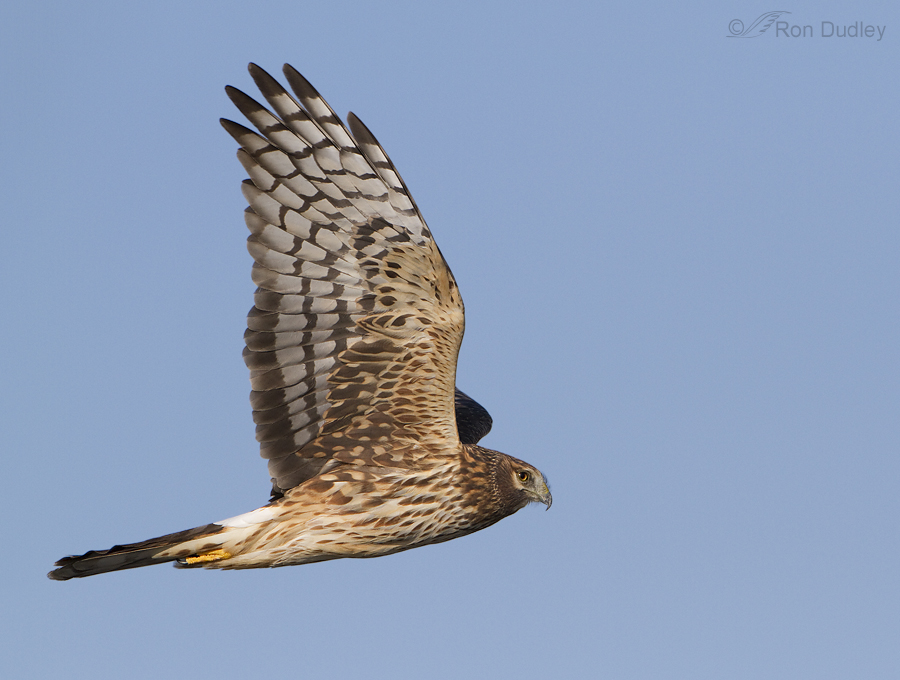Tag: circus cyaneus
Eye Defects In Raptors
Northern Harrier “Playing”
A Menacing Look From A Male Northern Harrier
Male Northern Harrier In Flight – A Lucky Shot
Fighting Harriers
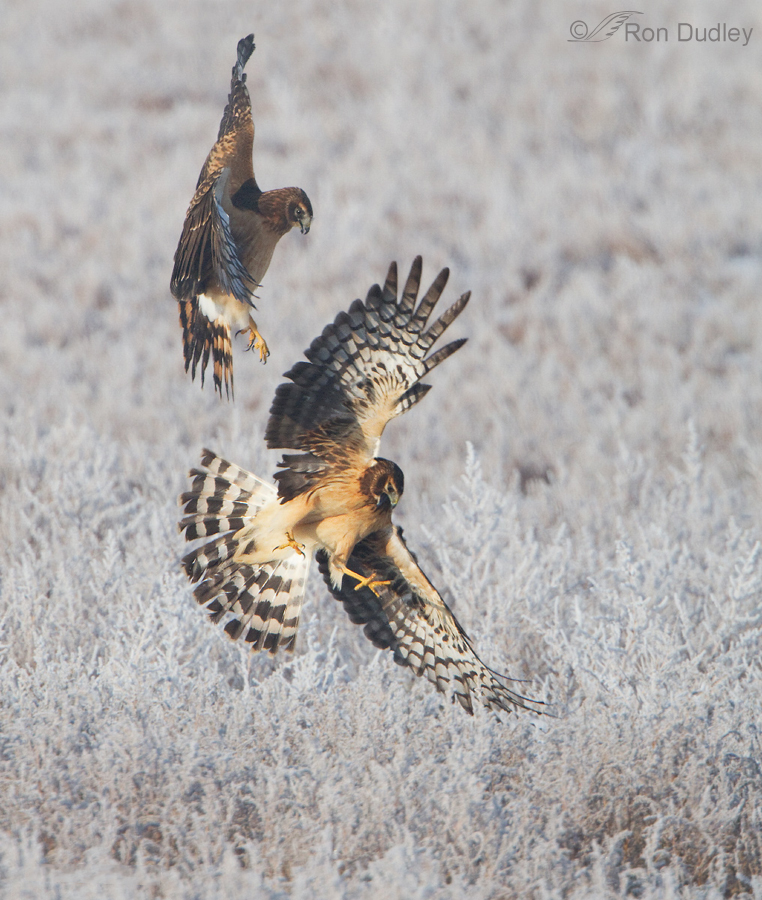
The seriousness of confrontations between Northern Harriers varies with the situation. Conflicts over food, especially during harsh winters, can be intense and dramatic but they often seem to spar with each other just for the “fun” of it. I’ve often seen and occasionally photographed both extremes of aggressive behavior.
Male Northern Harrier – Hunting Low And Slow
Red-tailed Hawk Versus Northern Harrier – Aerial Confrontation
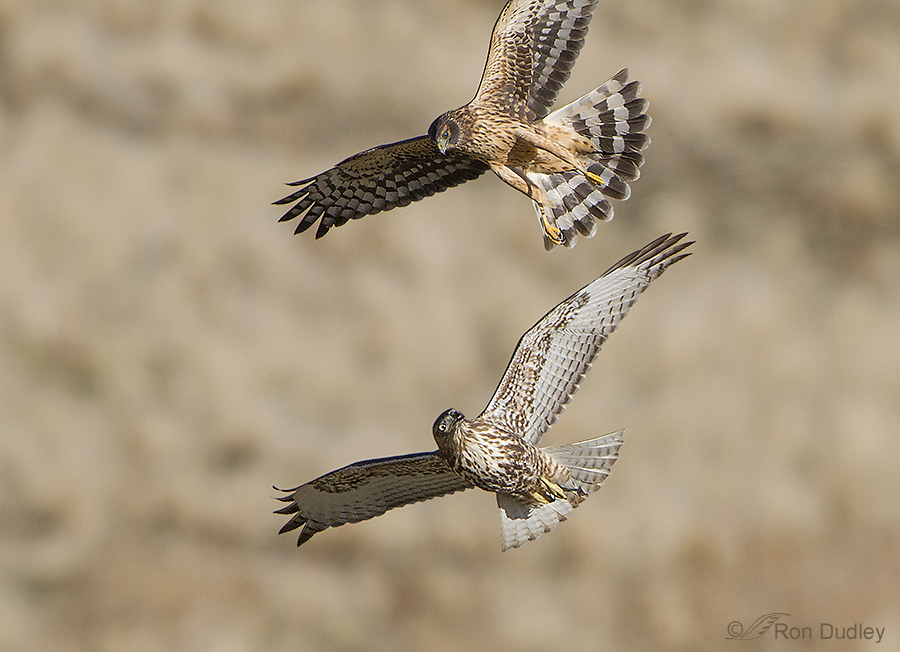
Northern Harriers are well-known for aggressive behavior toward larger raptors intruding on their territory but seldom chase off raptor species smaller than themselves. This interesting behavioral quirk apparently results from the ability of harriers to steal food from smaller raptors. It’s easier to pilfer prey from a smaller species than it is to catch it yourself so harriers let them hang around.
Male Harrier Cruising The Causeway
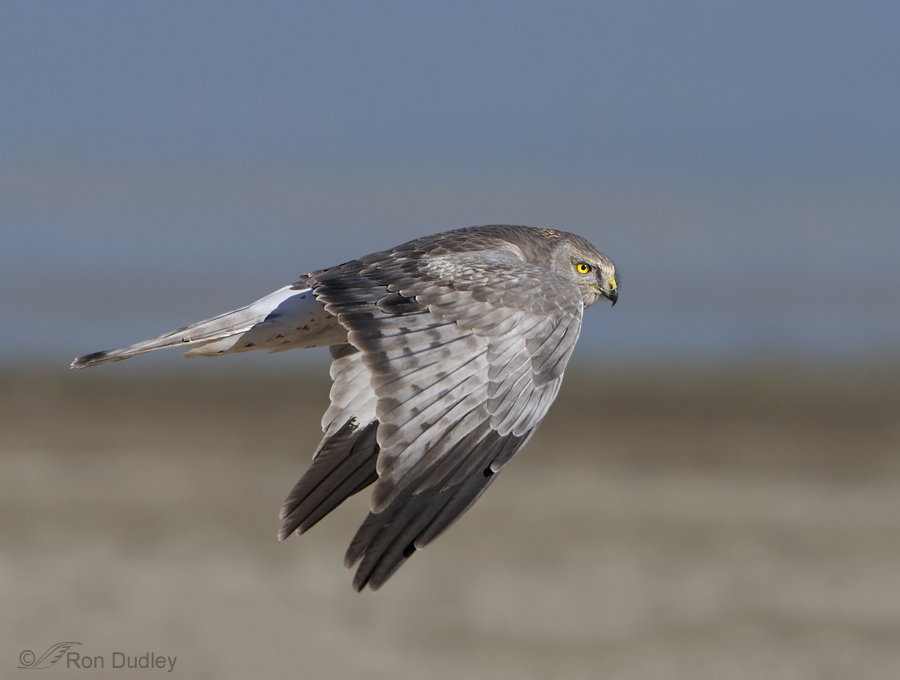
I have a strong affinity for Northern Harriers ( a little secret that’s difficult to conceal, given the vanity plates on my pickup). And though I love to photograph either sex there’s just something about the adult males that has a special appeal for me. Part of that attraction is probably the relative rarity of the adult male colors since the juvenile colors of both sexes resemble that of the female.
The males are called the “gray ghost” for good reason.
Feathered Photography Has Risen Again!
Northern Harrier Gaining Altitude
Northern Harrier Surprise
Sometimes bird photographers have to be a little crafty to get the shot.
Male Northern Harrier – The Gray Ghost
One of my favorite subjects is the male Northern Harrier. Because juveniles of both sexes are similar to the adult female, to the untrained eye most harriers look like females which is one of the reasons that many folks believe that they rarely see males – thus the name “Gray Ghost” for the ”elusive” adult male.
How Important Is Direct Eye Contact?
I’m hoping to get some feedback from my viewers on this one. Almost from day one with my bird photography I’ve labored under the impression that good eye contact with my subject is vital, almost essential, for a strong image. But that’s a premise I’m beginning to question to some degree. I don’t think there’s any question that a good look at the eye almost always makes for a stronger image. Direct eye contact is often even better. But no image is perfect – they all have strengths and weaknesses and I’m wondering if I sometimes put too much importance on eye contact over other desirable traits of an image. Below are three images of male Northern Harriers. Each has strengths and weaknesses. My previous impulse would have been to shun the last two shots because of a poor look at the eye, even though they have other strengths the first image does not. Now I’m not so sure… 1/4000, f/6.3, ISO 500, 500 f/4, natural light, not baited, set up or called in In this photo the bird has an interesting wing position and it’s nicely separated from the horizon below. And I have great eye contact but the bird is “only flying” and there’s nothing else interesting going on. And besides, it could be said that looking at the photographer isn’t really a “natural behavior” anyway… Note: If you’re wondering what the brown is at top right, the background is water, not sky, and the brown at top and bottom are land. I could clone or…
Flaring Harrier
Just a single image today. I get my best Northern Harrier opportunities this time of year so I’ll likely be posting a few more shots of them over the next weeks. I hope you don’t tire of them… 1/1250, f/6.3, ISO 500, 500 f/4, 1.4 tc, natural light, not baited, set up or called in This bird was coming in for a landing but changed its mind right after this shot was taken five days ago. There were two dead, frozen fish near this pond that some of the harriers would pick at occasionally. They’d been there for most of the week and it’s my presumption that they were there naturally as refuge managers haven’t yet done the fish kill to destroy the damaging and invasive carp. I like the flight angle of the bird, the fully flared tail, the Phragmites stems in the corner and the pond reflections in the background. Ron Note: Some of you likely noticed that my blog was down from yesterday afternoon until later this morning – “hardware problems” at Network Solutions. I’ve not been a happy camper… Note #2 (1/7/13 @ 6:30pm). I just now learned that one of the “fish” I mentioned above turned out to be a chicken that someone had obviously used to bait eagles and maybe harriers. Of the two “fish” I mentioned above, one was obviously a fish but from my vantage point I could only see pink flesh with the second one and assumed it to be another fish. Instead it was a damned chicken. …


